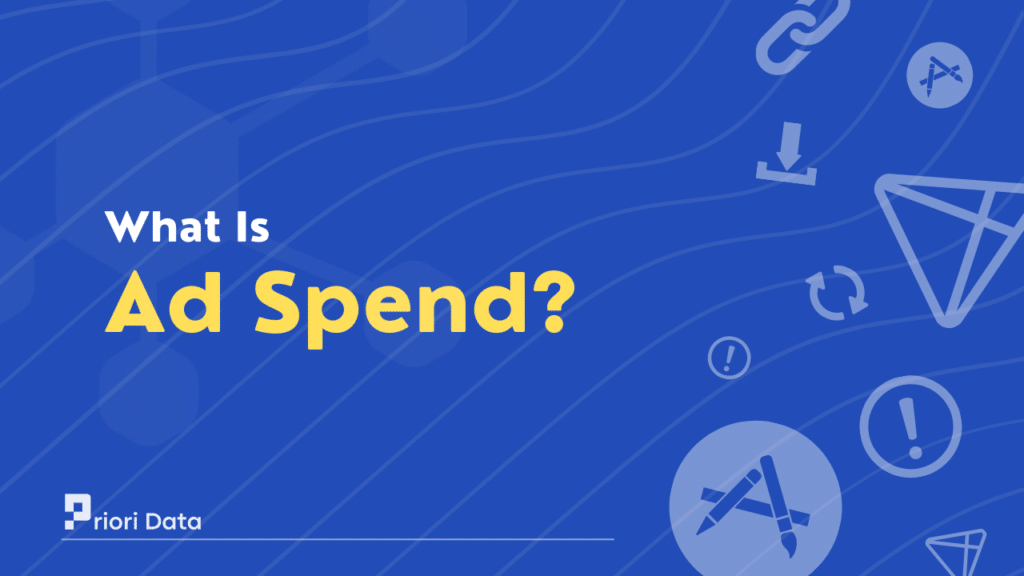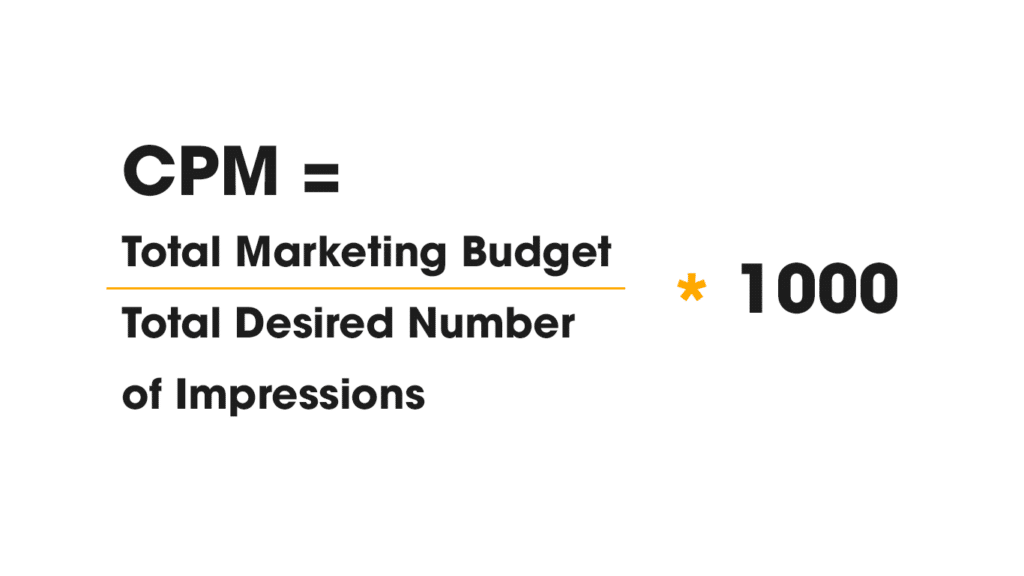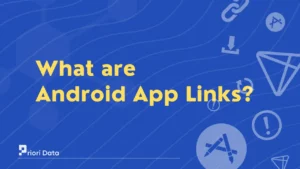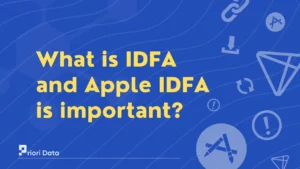Ad spend is the amount of money that advertisers spend on advertising their app. In simple terms, ad spend refers to the amount of money a company invests in ads to promote its apps.
This can include banner ads, video ads, native ads, and other types of ads that get displayed within the app. The more popular an app is, the more advertisers will be likely to pay for the advertising campaigns.
Ad spend is an important metric for both advertisers and marketers. They want to attract users to their app because it can help them to generate revenue.
Advertisers ensure that their ads are being displayed in front of the right audience. For getting a good return on their investment in the apps through ad spend.

Why is Ad Spend Important?
In this competitive world, there are many apps that are trying to gain users’ attention. The effective way to reach potential users and drive downloads is through advertising. Investing in advertising can help marketers to increase their growth and revenue.
Advertising can help to increase an app’s visibility in app stores and search engines. By reaching a more audience, App will get exposed to the public, which increases downloads.
They also target to keep existing users engaged with an app by promoting new features, or updates. Advertising can target the specific interests of users and their preferences. Targeting the right audience can attract new users who are willing to get engaged with their app.
How to Measure Ad Spend?
Measuring ad spend can be a bit tricky, but there are a few ways to do it. Here are some of the most common ways to measure ad spending for your mobile app:
1. Cost per click (CPC)
Cost per click (CPC) is a common way to measure ad spending in mobile apps. This metric measures the amount of money that advertisers pay for their ad clicks.
Whenever a user clicks on the ad in their app, the amount would be paid by the advertiser. CPC gets calculated by the ratio of total ad spend to the number of clicks.
2. Cost per mille (CPM)
Another way to measure ad spending in mobile apps is by cost per thousand impressions (CPM).
This metric calculates the revenue that advertisers pay for every thousand ad impressions.
Ad impressions are nothing but the count of an ad that gets displayed to users. CPM gets calculated by the ratio of total ad spend to the ad impressions and then multiplied by 1000.

3. Cost Per Install (CPI)
Cost Per Install (CPI) is a popular way to measure ad spending for mobile apps. This metric measures the amount of money an advertiser pays to each new user who installs their app via an ad.
CPI gets calculated by the ratio of total ad spend to the number of installs. CPI is a popular way for those who measure the outcome of their ad campaigns by their downloads.
4. Cost Per Action (CPA)
Cost Per Action (CPA) is a more advanced way to measure ad spending for mobile apps. It measures the amount of money an advertiser pays each time a user completes a specific action.
It could be such as filling out a form or signing up for a newsletter. CPA gets calculated by the ratio of total ad spend to the number of actions performed.
5. Cost per Lead (CPL)
Cost per Lead (CPL), this metric measures the amount of money an advertiser pay for generating a lead.
A lead is a potential user who has shown interest in the app or product by providing their details.
CPL gets calculated by the ratio of total advertising spend to the number of leads generated. CPL is used in B2B marketing, where the ultimate goal is to generate leads that can convert to users.
6. Cost per Sale (CPS)
Cost per Sale (CPS), this metric measures the amount of money an advertiser pay for generating a sale.
CPS gets calculated by the ratio of the total advertising spend to the number of sales generated.
CPS is used in e-commerce marketing, where the ultimate goal is to generate sales and revenue.
7. Cost per Engagement (CPE)
This metric measures the amount of money an advertiser pay for each user interaction with the ad.
Engagement can include actions such as clicks, likes, shares, comments, and downloads.
CPE gets calculated by the ratio of total advertising spend to the number of engagements. CPE is used in awareness campaigns, where the ultimate goal is to increase engagement.
These are the metrics used to measure the effectiveness of ad campaigns. The choice of metric depends on the specific goals of the campaign.
Advertisers can use these metrics to optimize their ad spend. It can also help to improve the performance of their campaigns.

What is a good level of ad spend?
Determining a good level of ad spend varies on several factors such as your app’s marketing goals. It can also include target users, competition, and the cost of advertising.
In general, a good level of ad spend should be based on the expected return on investment (ROI) of your ad campaigns. You should aim to invest an amount that generates enough revenue. That means which in turn should justify the cost of your advertising efforts.
A more detailed approach is to analyze the app’s Key Performance Indicators (KPIs). This can create a cost-benefit analysis for an ad spend.
This may include metrics such as Cost per Action (CPA), Return on Ad Spend (ROAS), and Lifetime Value of a User (LTV).
FAQs
Ques 1: What is the monthly ad spend?
Ans. Monthly ad spend is the total expenditure of money on ad campaigns during a specific month.
Ques 2: What is a 3X return on ad spend?
Ans. A 3X return on ad spend refers to every dollar spent on advertising, there is a return of three dollars in revenue.
Ques 3: What is the profit on ad spend?
Ans. It refers to the revenue generated from ads compared to the cost of the advertising campaign.
Ques 4: Is ROI and roas the same?
Ans. No, ROI (Return on Investment) and ROAS (Return on Advertising Spend) are not the same.
Ques 5: What is Amazon roas?
Ans. Amazon ROAS is a metric used to measure the effectiveness of ad campaigns on Amazon.






